Inspiration
At the moment, in the never-ending, ever re-created moment of this peaceful, sunlit little valley, he was fiddling with the little mirrors and shovels and morphic resonators and even stranger devices required to make a mountain grow to no more than six inches high.
Terry Pratchett, Thief of Time
Design
I made two mountains: a small circular region (5.3 square miles), and a larger rectangular region (13.7 square miles).
I traced a topological map of the area in blender, adding each vertical stage to a different vertex group. I also stitched up the edges of the map (manually, after getting frustrated with failed scripting).
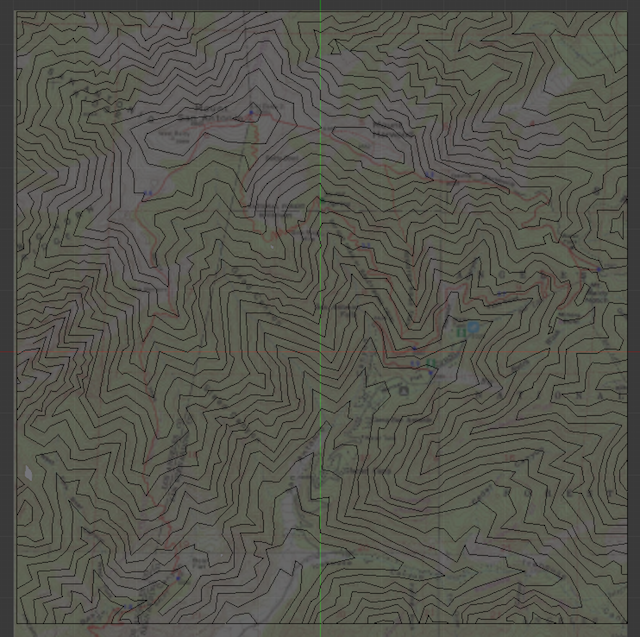
Then, I used a python script to displace each vertex group to the appropriate height.
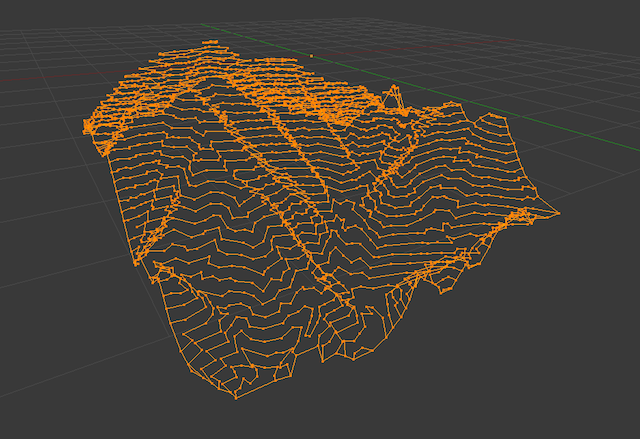
Last, I used the "Fill" command to automatically make faces. This partially worked, but I still had to go through and clean up glitchy geometry. I also added a box around the mountain to leave room for the silicon mold walls.

Cutting
I used the Modela to cut my design out of wax. For the rough cut, I used an overlap of 0.75, full cut out (-1 for offsets) speed of 20, and pass depth of 0.5mm, which was probably too small; 1 mm would have worked just as well.
For the finish cut, I used an overlap of 0.1 and only did a single pass.

Casting
I cast a negative mold in silicon, then a positive in Drystone. Thanks to John for coming in on Saturday - this gave me time to make the second, larger chunk of the topological map.

Results
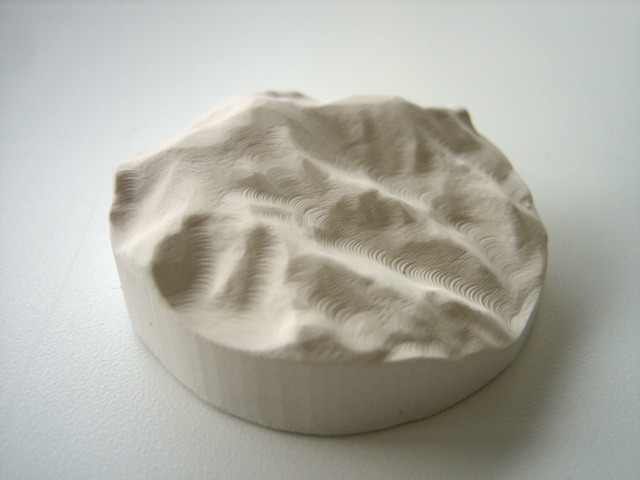
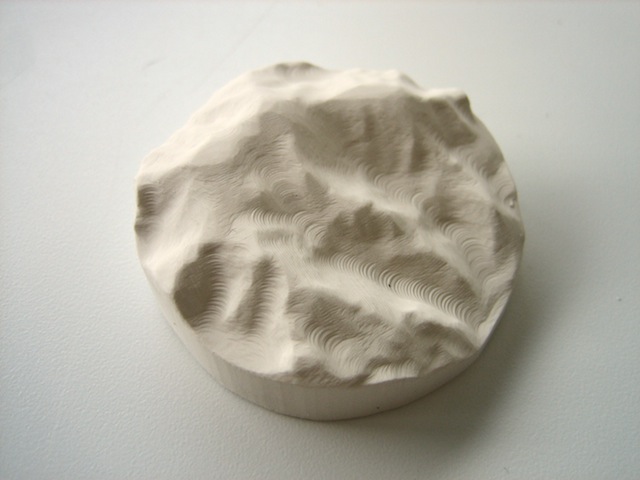
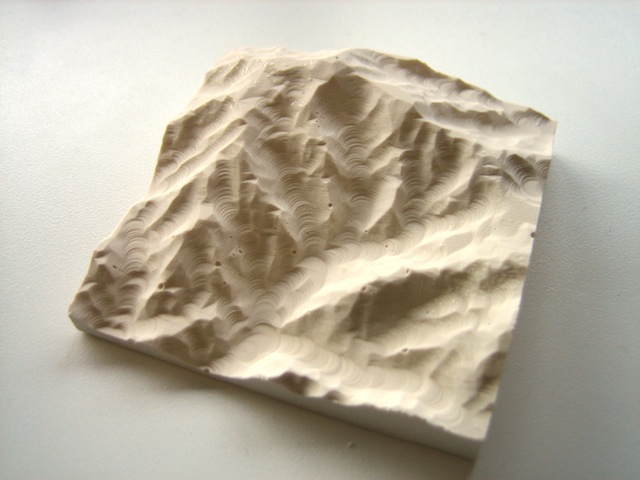
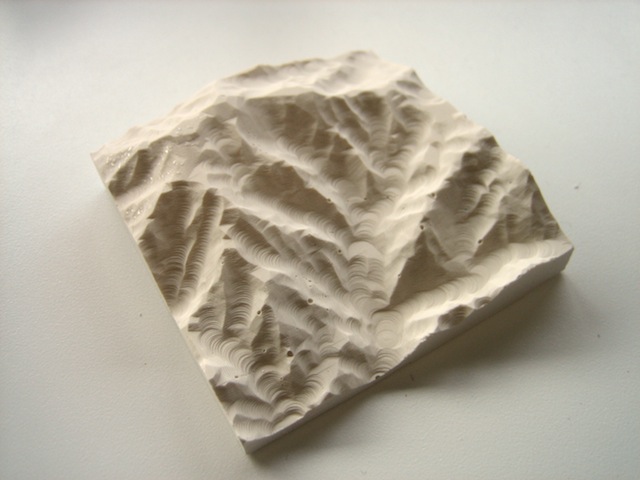

Source
Blender file (3 MB)
Includes various stages of construction on different layers.
STL file (315 KB)
Exported STL, suitable for import into Fab modules